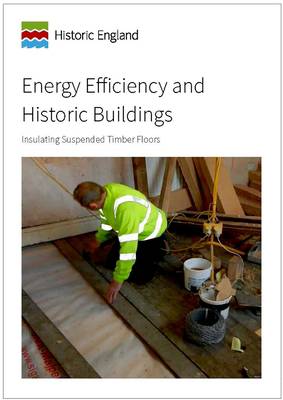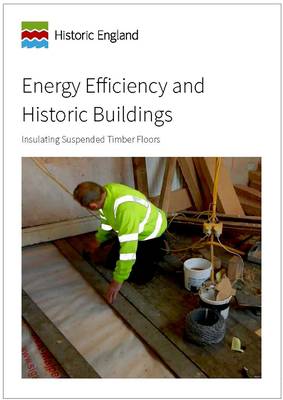
- Retrait gratuit dans votre magasin Club
- 7.000.000 titres dans notre catalogue
- Payer en toute sécurité
- Toujours un magasin près de chez vous
- Retrait gratuit dans votre magasin Club
- 7.000.0000 titres dans notre catalogue
- Payer en toute sécurité
- Toujours un magasin près de chez vous
88,45 €
+ 176 points
Format
Description
This guidance note provides advice on the methods, materials and risks involved with insulating suspended timber ground floors. The applications described are also appropriate for timber upper floors where there is an unheated space below, such as above a passageway. Advice is also provided on how suspended floors can be draught-proofed where the installation of insulation may be difficult or potentially damaging to the historic fabric of the building.
Suspended timber ground floors can be a source of considerable heat loss from older buildings, particularly where there are gaps between floorboards that create draughts. Insulating and draught-proofing floors can make an important contribution to improving comfort and reducing fuel bills and carbon emissions. Timber floors are often a very important and significant part of older buildings. Lifting old floorboards can require the work of a skilled carpenter if damage to the boards is to be avoided. In some cases the potential for damage may be too great, in which case the boards would need to be left in place. This guidance forms one of a series of thirteen guidance notes covering the thermal upgrading of building elements such as roofs, walls and floors.Spécifications
Parties prenantes
- Auteur(s) :
- Editeur:
Contenu
- Nombre de pages :
- 22
- Langue:
- Anglais
- Collection :
Caractéristiques
- EAN:
- 9781848024458
- Date de parution :
- 29-04-16
- Format:
- Livre broché
- Format numérique:
- Trade paperback (VS)
- Dimensions :
- 210 mm x 297 mm

Les avis
Nous publions uniquement les avis qui respectent les conditions requises. Consultez nos conditions pour les avis.






